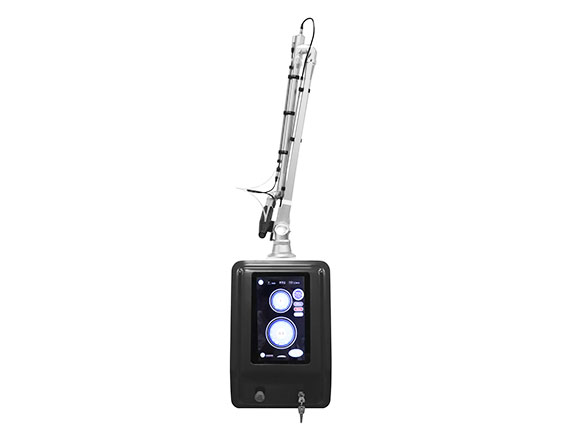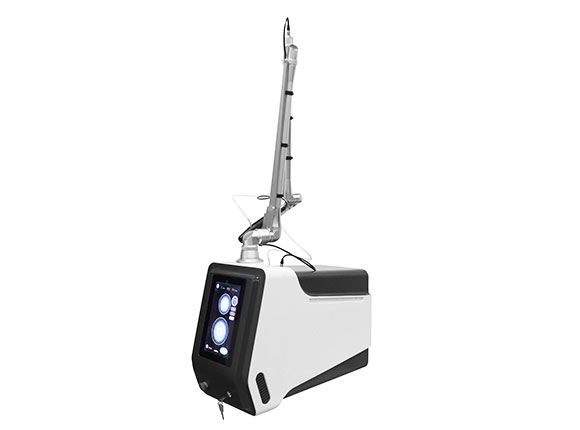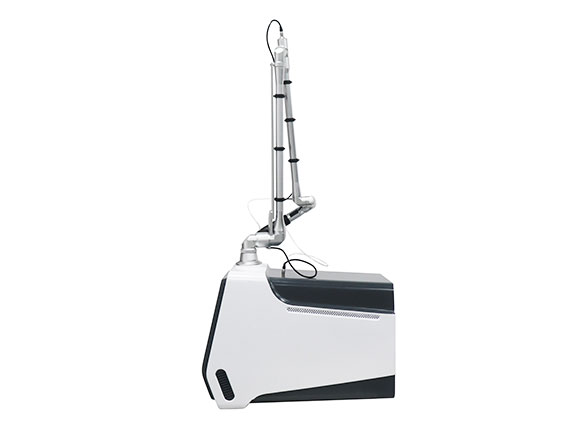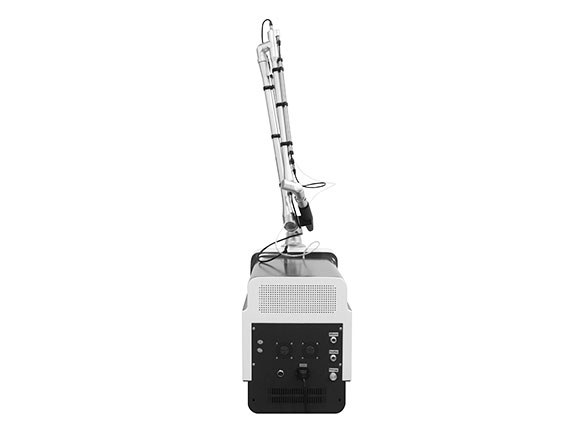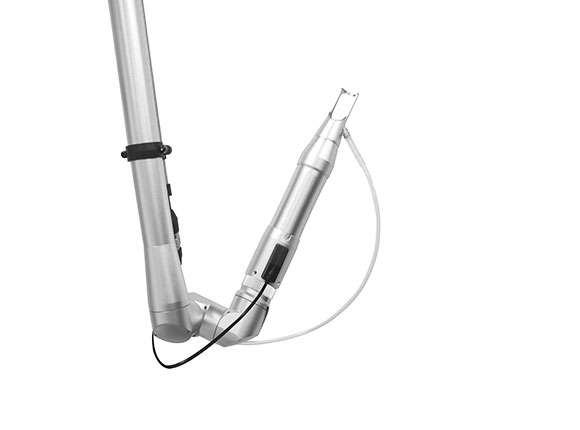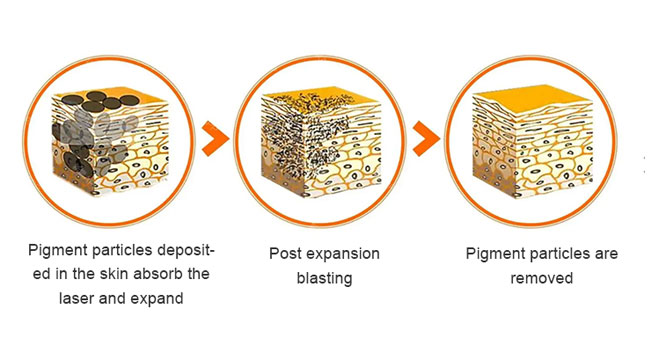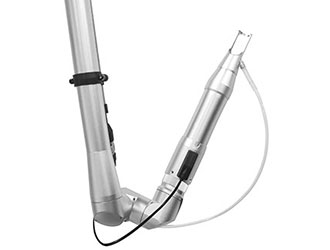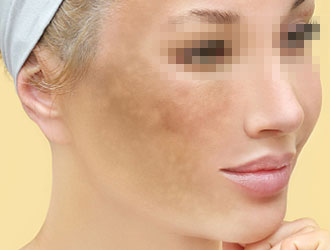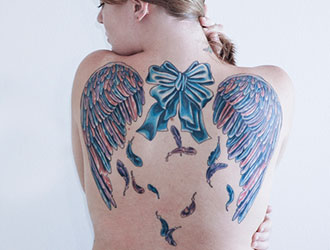Working principle
According to the principle of selective photothermolysis, the shorter the action time of the laser, the less likely the laser energy absorbed and accumulated in the target tissue will spread to the surrounding tissue, and the energy will be limited to the target to be treated to a certain extent, protecting the surrounding area. normal tissue, the more selective the treatment is. The pulse width of the picosecond laser is only 1% of that of the traditional Q-switched laser. Under this ultra-short pulse width, the light energy cannot be converted into heat energy, and almost no photothermal effect is produced.
The photomechanical effect is blasted and torn into pieces, and the selectivity is stronger, which can make pigmented skin lesions produce stronger curative effectunder shorter treatment times. In one sentence, "Picosecond lasers break down pigment particles more thoroughly, while causing less damage to surrounding tissue."
If we compare the original pigment particles to rocks, the traditional Q-switched laser can crush these rocks into the size of pebbles, and after using the picosecond laser, they can be crushed into fine sand, so that the absorption efficiency of pigment fragments is reduced. Greatly improved.
